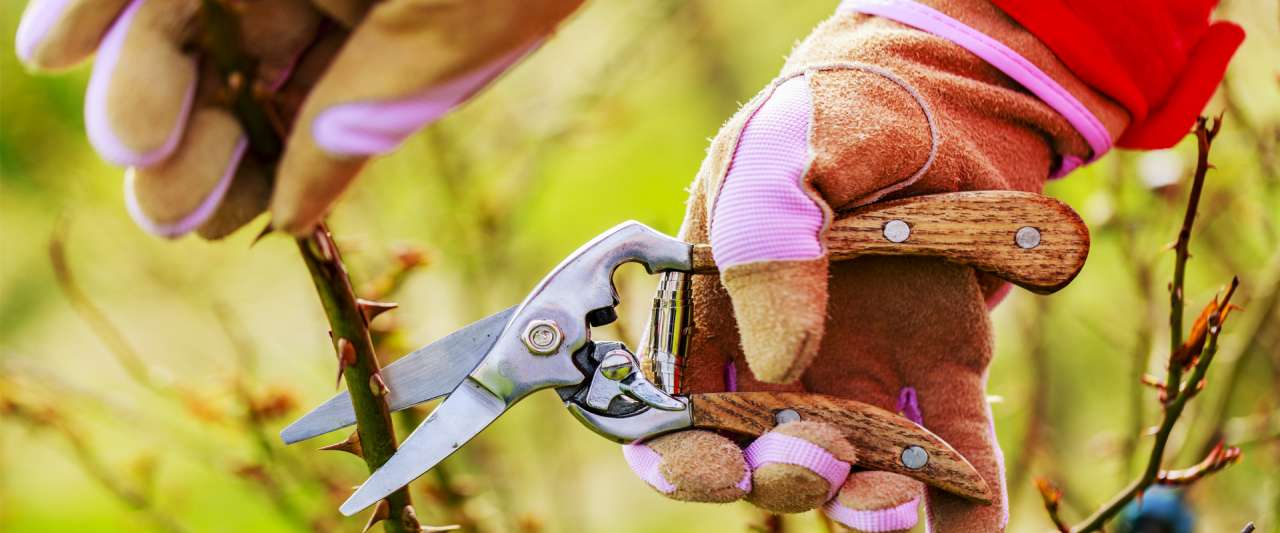Next Day Delivery Available - order before 12:00 midday. For more delivery information Click Here
Lifetime Guarantee On All Roses
Growing British Roses For Over 140 Years
Chelsea Flower Show Award Winning Roses

Feeding and Mulching
To get the best from roses they need regular feeding. An old rose saying is 'a well fed rose is a healthy rose'. A clay soil will need the addition of a rose fertilizer twice a year, in March (after pruning) and after the first flush of flowers is over (usually late-June to July). Roses growing in a sandy or chalky soil will need feeding monthly from March to end-July - a small handful of rose fertilizer will suffice.
Roses growing in loam soil will benefit from feeding three or four times between March and the end of July. Mulching is a good practice: garden compost, leaf mould or well-rotted manure will keep the moisture in the ground, but bark chippings are best avoided.
Watering
Roses will tolerate a dry soil but thrive best in a moist, well drained soil. If the ground is dry, water well occasionally. Little and often watering is best avoided. Rose growers find watering in the morning or keeping the leaves dry reduces incidence of disease.
Pests and Diseases
Many pages have been written on keeping rose free of pests and diseases, but with good husbandry (proper feeding and watering) and choosing healthy varieties of roses they can be avoided. If diseases appear, spray with a proprietary fungicide.
If pests (aphids) are troublesome try wiping them off or use an insecticide such as derris.
Training and Pruning Climbing/Rambling Roses
For best results if growing climbing roses against a wall or fence, train them to grow horizontally (fan out). The best time to train climbing roses is September/October.
Stretch wires out along the wall/fence attached to vine eyes/nails, and bend the rose over, attaching it to the wire with string or raffia. The first wire should be around 60cm above soil level and further wires at 60cm intervals. After a time the stems trained horizontally will throw up vertical stems. Use the strongest verticals arising from the base and /or the middle of the plant to train along higher wires to create another tier if required. Prune the remaining vertical stems to 1cm from the horizontal stem during September/October. By following the procedure you will avoid an unsightly tall plant with a few flowers at the top and nothing below. As a general rule use climbers on walls, fences, pillars and pergolas. Ramblers will grow over large arches, pillars and pergolas and some will grow into hedges and trees.
Container Growing
Roses grow well in containers, providing the following guidelines are followed:
Suckers
These should not be a problem, but if you see a shoot with light green leaves, green stems and a few thorns, coming from the base of the plant, it could be a sucker. Do not cut it off - pull it off as deep as you can (with good gloves). If coming from underground, dig the soil away and pull it off.
If you follow these guidelines, you will have roses that will flower for up to five months of the year with the minimum of attention.

Item added to basket